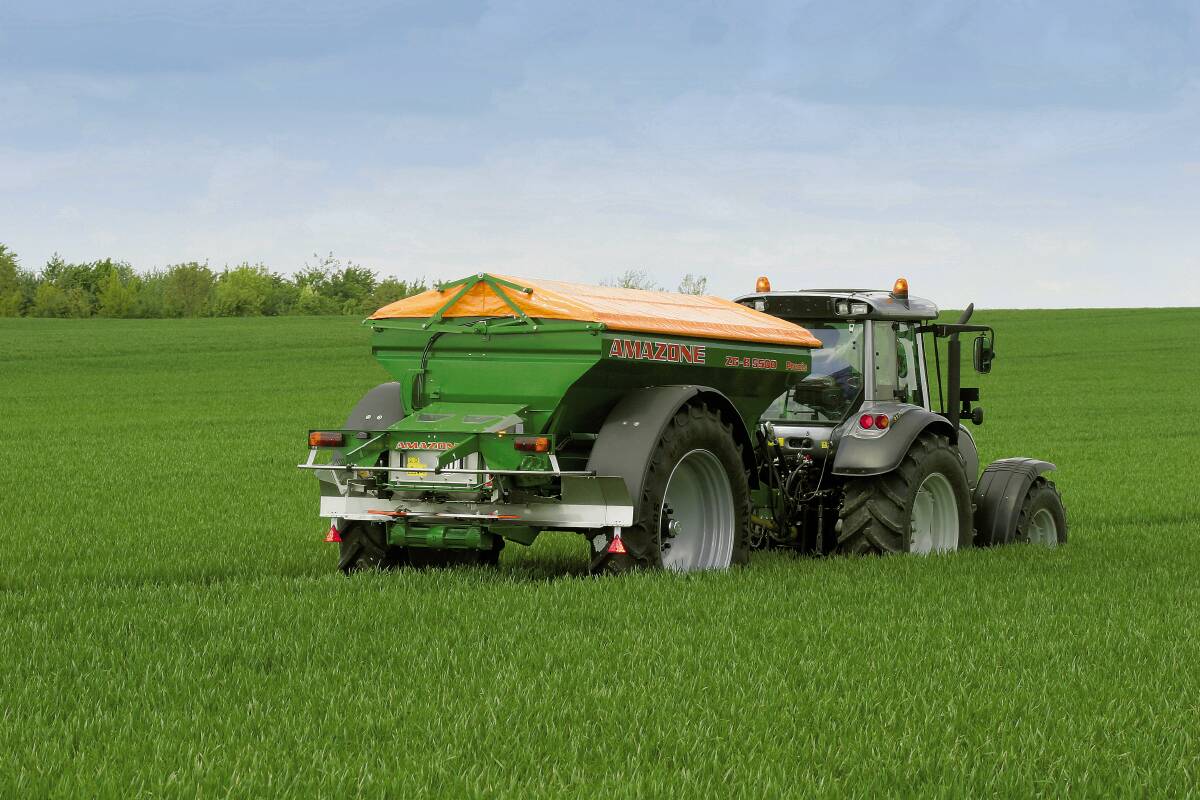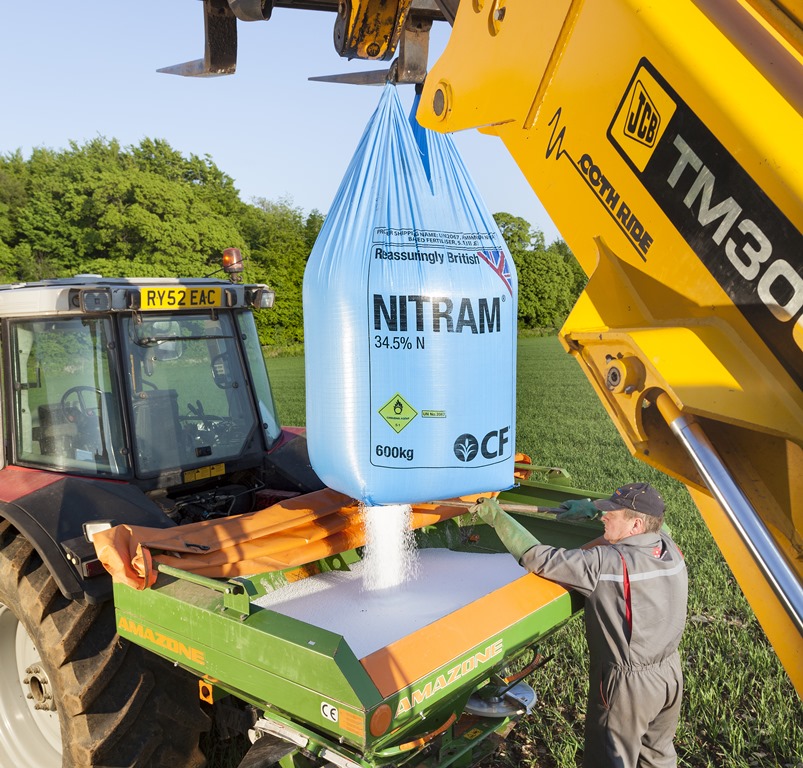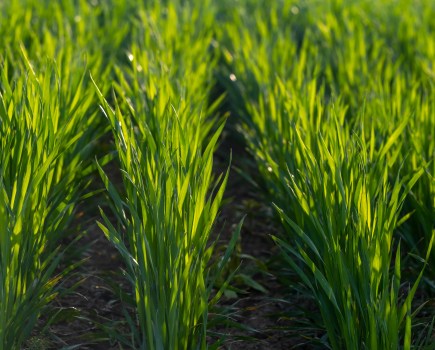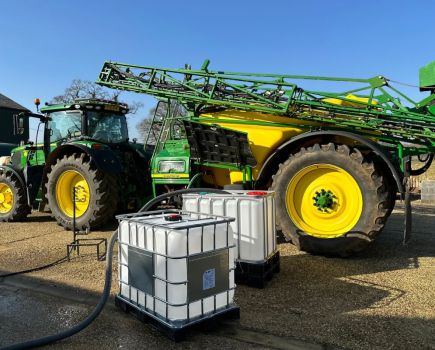Logic dictates that high-yielding crops require a different approach to nutrition to reach their optimum performance. In this Nutrition Special, CPM explores with CF Fertilisers recent trial work and on-farm experience that’s helping to build understanding.
By Tom Allen-Stevens
There’s been something of a step change in arable crops over recent years. Led by an increasingly rapid development of high genetic potential varieties and a growing focus on producing crops for specific end markets, an ever-tightening environmental framework is also making the challenge of getting the most from the field harder than ever.
But when it comes to nutrition, those who take a conservative approach may be missing out, believes Mark Garrett, regional manager with CF Fertilisers. “There’s a good case for challenging the norm,” he says.
“Just the spread of genetic potential in milling wheats currently on farms illustrates this. Our trials suggest the hungriest varieties are looking for 40-60kg/ha more N to reach their optimum yield and quality criteria.”

Searching for information and applying it through on-farm trials help the top 10% of growers average optimum crop performance, says Mark Garrett.
It’s a change that’s not necessarily reflected in the new Fertiliser Manual, RB209, he notes. “But RB209 is a guide. Nutrition management is about looking at the specifics on farm, understanding a crop’s true need and feeding it to achieve the highest yield and quality, within the constraints of optimum economic efficiency.”
This is where CF Fertilisers has focused its activities, he says. “It’s not just about the product in the iconic blue bags. We invest in best-practice nutrition support such as CF N-Min soil analysis and N-Calc precision application services.
“Recently, we’ve been working with leading industry organisations and innovative producers to develop technical understanding to help growers meet the crop production demands of the future. This includes on-farm trials, which have yielded some really interesting results.”
The nitrogen-response trials specifically target optimum results from milling wheat varieties, such as Skyfall and KWS Trinity. There’s also been work on spring applications of NPKS products.
Further evaluation
“It’s an interesting area that requires further evaluation,” says Prof Roger Sylvester-Bradley of ADAS. “The practice offers flexibility, which is a benefit in itself, but we need to understand more about how P and K applications work in the current crop. It’s the N and S in compounds that we’d expect to bring immediate benefits –– P and K are generally understood to be slow-acting,” he explains.
“Phosphate for example is fixed by the soil very quickly, so what you apply in one year is only expected to become available to crops slowly over several years. We are coming to the conclusion, however, following recent AHDB-funded work, that low P indices are sufficient, providing there’s an annual application in the seedbed, and routine checking of grain P levels.
“Potash is more mobile, and it’s feasible spring applications will aid N uptake. High-yielding arable crops certainly have a high spring demand for both nutrients and feedback from farmers involved in the Yield Enhancement Network (YEN) suggests those applying quite large amounts of K in the spring are achieving impressive yields.
Mark Garrett points out that on-going trials at Royal Agricultural University are showing significant benefits and the current range of NPKS products available allows the flexibility for growers to try different practices to see for themselves what improvements they can bring.
“The traditional approach of autumn-applied P and K with N and/or S in the spring may not always be best,” points out Mark Garrett.

Farmers are achieving a better response from their investment in fertilisers without paying for a kg more than they actually need.
It’s why we’re encouraging growers to carry out their own on-farm trials – farmers are achieving a better response from their investment in fertilisers without paying for a kg more than they actually need.”
In oilseed rape, the principles of canopy management are now engrained in fertiliser practice, he continues. For barley, scientific understanding of how best to feed new high-yielding varieties is only now catching up with gains seen on farm.
“Growers of high-yielding winter barley now recognise it needs a different approach, and recent AHDB-funded work on the crop has been included in RB209. But there are growers achieving 8-9t/ha yields in spring barley on heavy land, keeping grain N within end-user quality spec,” he notes.
Again, while scientific understanding of these yield gains lags behind, practice achieved on farms may be the best pointer for progressive growers to find the optimum way to feed new generation crops, says Mark Garrett.
“Modern nutrition management matches up to the agronomic potential growers have on their farm in terms of varieties, chemistry, and advances in precision farming technology.
“What separates the top 10% of growers from the those achieving the average is they search for the information that helps them achieve that and adapt it to their specific situation.”




